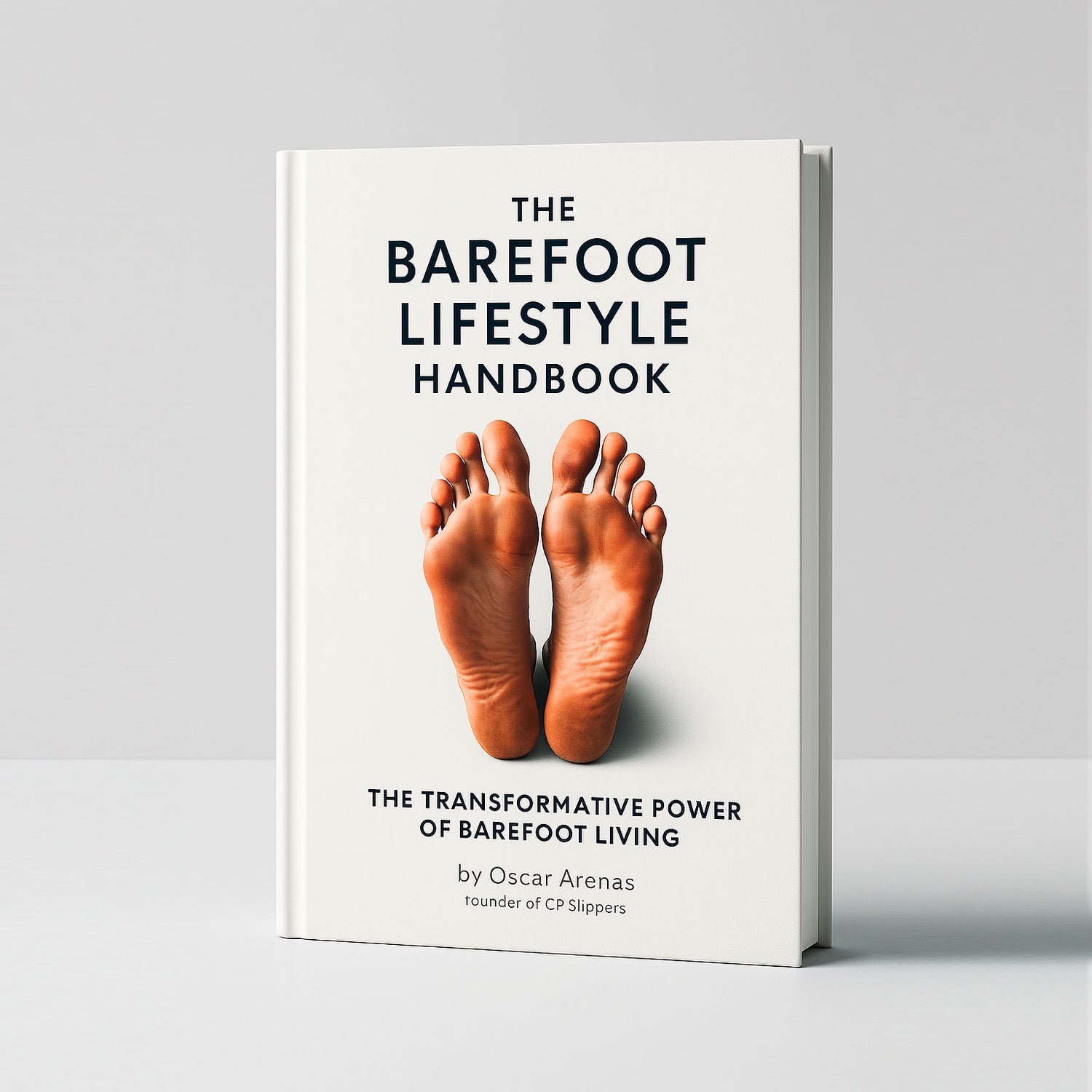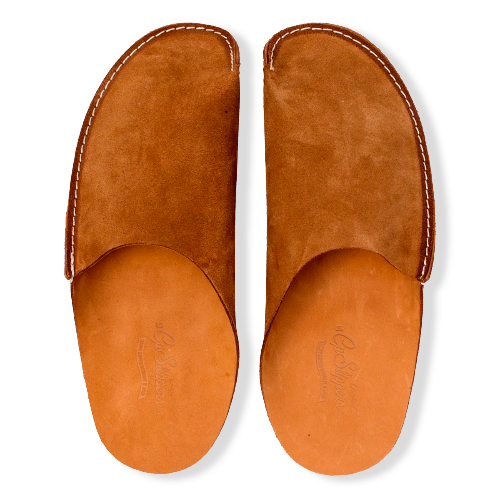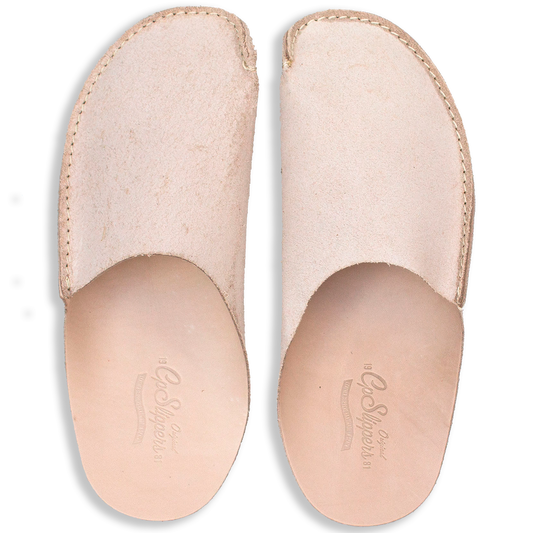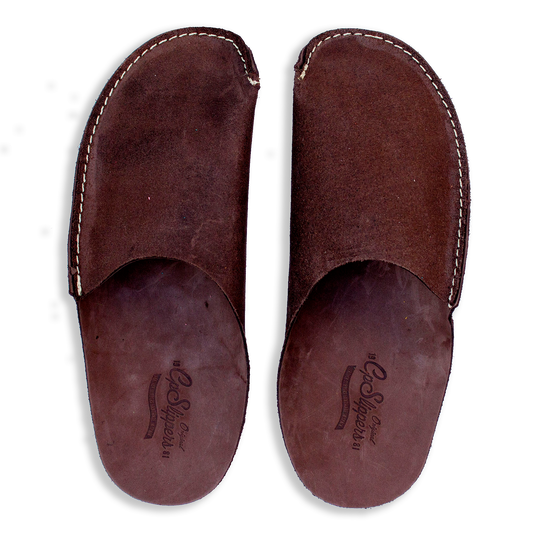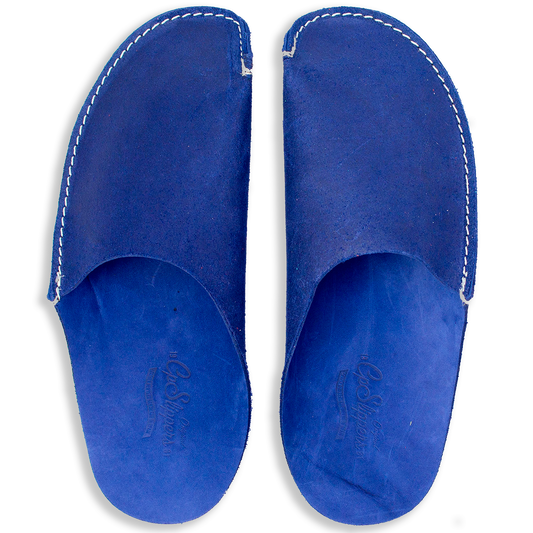Pristine, sun-bleached hides hanging like sails over Himeji River have mesmerised travellers for 400 years. This heritage deep-dive traces the history of white leather in Japan, spotlights the Himeji white leather process, honours the Burakumin leather artisans, and reveals how CP Slippers carries the craft forward.
From Samurai Armor to Modern Design
White leather—known locally as shirorikawa—first appeared in the late Muromachi period (14th c.). Samurai favoured the pale hide because it reflected heat under metal armour and symbolised purity on the battlefield. By the Edo era, merchants re-imagined it for court footwear and scroll bindings. Today the material graces minimalist fashion, tech accessories and—yes—luxury slippers.

400 Years of White Leather: From samurai armor to modern artisan slippers.
How Himeji’s Sun-Bleached Process Works
The Japanese white leather craft survives mainly in Himeji, Hyōgo Prefecture. The city’s soft river water, high summer UV and cool autumn winds create the ideal micro-climate for bleaching:
- Lime soak loosens hair; hides are de-haired (aku nuki).
-
Sun & river bleach: hides are stretched on frames, splashed with river water then sun-dried for up to seven days — natural peroxide forms and whitens fibres.
Tanaka et al., 2019, J-STAGE Leather Sci. - Rice-bran oil finishing softens and seals the surface.
This chemical-free technique leaves pores open, giving white leather a cool handfeel and breathability unmatched by chrome-bleached alternatives.
The Burakumin Artisans: Craft & Legacy
The majority of historic tanners belonged to Japan’s Burakumin community—an out-caste group long stigmatised for working with animal hides. Despite prejudice, their skill shaped an industry that thrived from the 17th c. onward.
Nippon.com (2022) documents ongoing efforts to acknowledge this heritage and end discrimination.
Video courtesy of Mr Katsushi & Prof Yuko Nishimura—“Social History of White Leather in Japan”.
Why White Leather Matters to CP Slippers
We honour this tradition by selecting vegetable-tanned white Nappa for our limited “Himeji Edition”. Natural pores keep feet cool, while the unpigmented surface develops a subtle ivory patina unique to you.
- No synthetic dyes—just sun, water and time.
- Lightweight zero-drop sole lets arches flex naturally.
- Hand-stitched in Elche, Spain, respecting artisan heritage on two continents.
FAQ
Is Himeji white leather really chemical-free?Yes. The bleaching relies on sun, water and lime; no chromium or synthetic whiteners.
Does white leather stain easily?
It will darken gracefully. Apply neutral conditioner twice a year to repel dirt while allowing natural ageing.
Are Burakumin still involved in leather craft?
Many workshops remain family-run. Social attitudes are improving, but recognition efforts continue.


